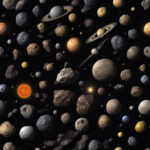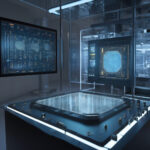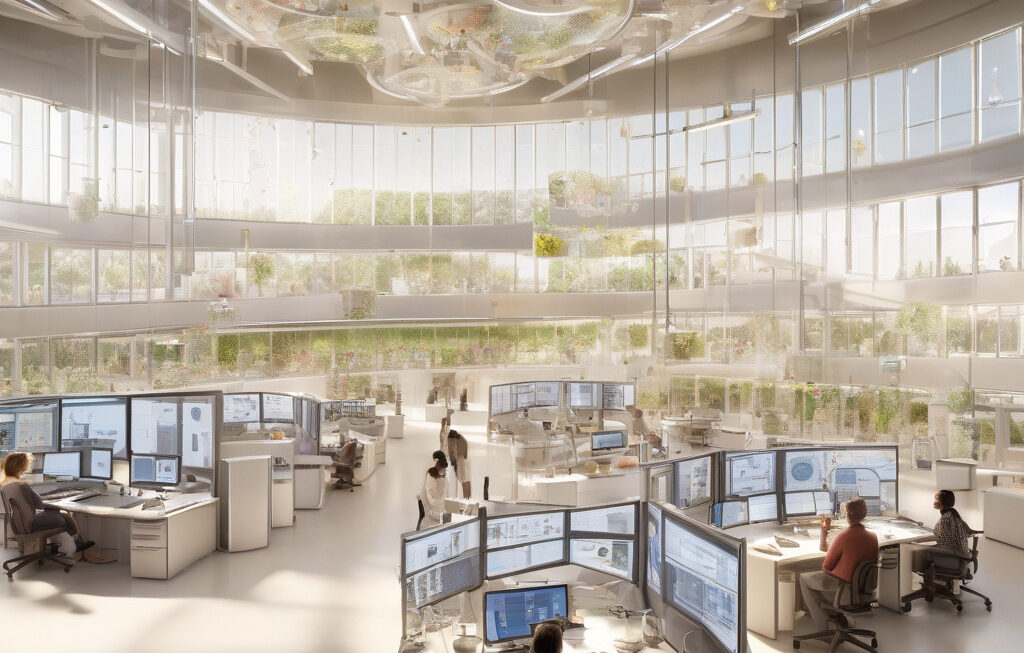Scientists Grab 3D Holograms Mid-Air Like Science Fiction Movies in a World-First
A team of researchers from the Public University of Navarra (UPNA) has made a breakthrough that sounds like it’s straight out of a science fiction movie. These innovative scientists have successfully developed a technology that allows them to grab 3D holograms mid-air, marking a significant advancement in the field of holographic displays.
The traditional concept of holograms often brings to mind static images or videos projected onto a surface. However, the team at UPNA has taken this technology to a whole new level by enabling individuals to interact with holographic images suspended in mid-air. This achievement opens up a world of possibilities for various industries, including entertainment, education, healthcare, and beyond.
So, how does this groundbreaking technology work? The researchers at UPNA have utilized a combination of high-speed computer algorithms and advanced optical trapping techniques to create and manipulate 3D holograms in real-time. By using focused laser beams, they can generate stable holographic images that can be touched, moved, and interacted with, revolutionizing the way we perceive and engage with holographic displays.
One of the key applications of this technology lies in the field of medical education and training. Imagine a surgical student being able to practice complex procedures on a realistic, interactive holographic model before ever setting foot in an operating room. This hands-on approach could significantly enhance the learning experience and ultimately improve patient outcomes.
But the potential of this technology extends far beyond the realm of education. In the entertainment industry, we could soon see concerts where holographic performers interact with the audience in real-time, blurring the lines between the virtual and physical worlds. Additionally, in the field of design and engineering, architects and engineers could use interactive holograms to visualize and modify complex structures with unprecedented ease and precision.
The development of this technology also raises important questions about the future of communication and collaboration. With the ability to manipulate 3D holograms in real-time, remote teams could work together more effectively, brainstorming ideas and solving problems as if they were in the same room. The potential for enhancing creativity and productivity is immense.
As with any groundbreaking innovation, there are still challenges to overcome before this technology becomes mainstream. Issues such as scalability, cost, and compatibility with existing hardware will need to be addressed to ensure widespread adoption. However, the researchers at UPNA are confident that with further development and refinement, their technology could revolutionize the way we interact with holographic displays in the years to come.
In conclusion, the ability to grab 3D holograms mid-air represents a significant leap forward in the field of holographic technology. The researchers at UPNA have demonstrated the immense potential of interactive holographic displays, paving the way for a future where science fiction becomes science fact. As we look ahead to the possibilities that this technology unlocks, one thing is clear – the future is holographic.
holograms, technology, innovation, research, holographic displays











